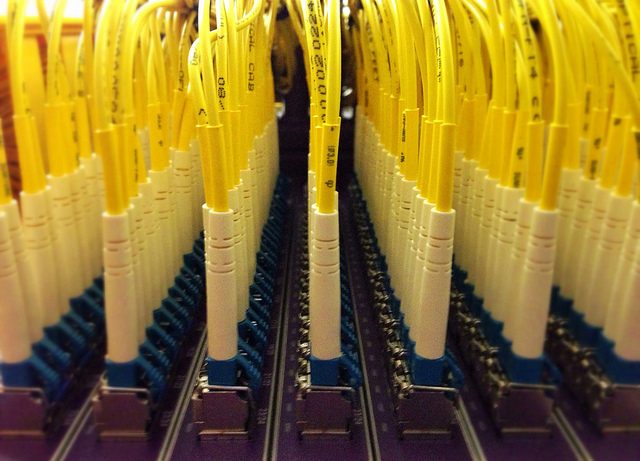
among other things, that a ton of SF residents just have dial-up internet or else have no internet access at all, which is wild and difficult to comprehend, because here we appear to be, on the internet, right now.
Of course, the digital divide that situation creates is an access and power inequality issue which Supervisor Mark Farrell would like to address. As such, the Chronicle reports, Farrell has asked the city’s budget analyst for a report on how expensive slash possible it might be to solve, perhaps by going for a high-end municipal network of fiber-optic cables providing gigabit internet access.
That kind of internet is, like, really fast. It’s almost 50 times the average US download speed of 21.2 megabits per second. In fact, the top ten percent of the broadband users in San Francisco experience averages of anywhere from 12 to 279 megabits per second.
“It’s impossible to think of how San Francisco residents, especially our schoolchildren, will be able to compete in our society without low-cost, fast internet access at home,” said Farrell. The report looks at a public, a private, and a shared option for installing fiber lines, which are considered future-proof as technologists think they’ll be more than adequate for decades. It appears Farrell prefers the public option, for reasons of access for all, worrying that a private or public-private partnership would end up skipping people.
Meanwhile, Google announced last month that it would be working with existing fiber cables to provide its own gigabit Internet access to San Franciscans, something that has been available and popular in smaller American cities like Kansas City. And, longer-term SF residents will recall that we’ve been promised a lot of things, internet- and wi-fi-wise, over the years, and most of us still use LTE networks on our phones throughout the city for lack of any citywide wi-fi. As of a year ago, a city study claimed that one eighth of SF’s residents, or 100,000 people, were still without any internet at all.
“We’ve now discovered what some of the challenges are,” San Francisco’s chief information office Miguel Gamiño said. “The natural next step is to dig deeper in how to accomplish something so significant in capital requirements and technology requirements.”
Of course, that next step could take years, and as the benefits are hard to justify — Farrell says we just don’t even know what they are yet — lawmakers aren’t likely to be in a hurry. For now, the plan is on dial up.
[“Source-sfist”]












